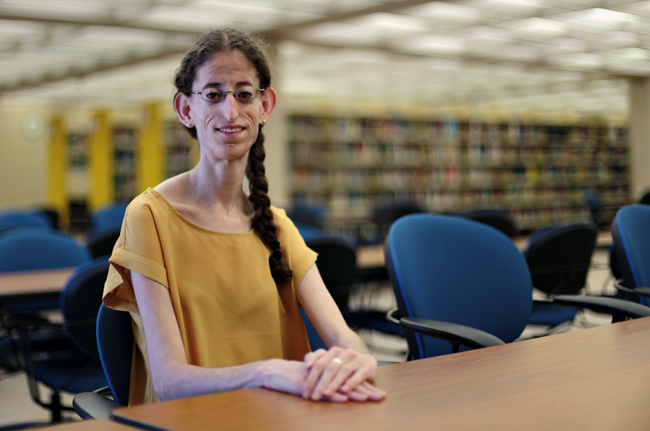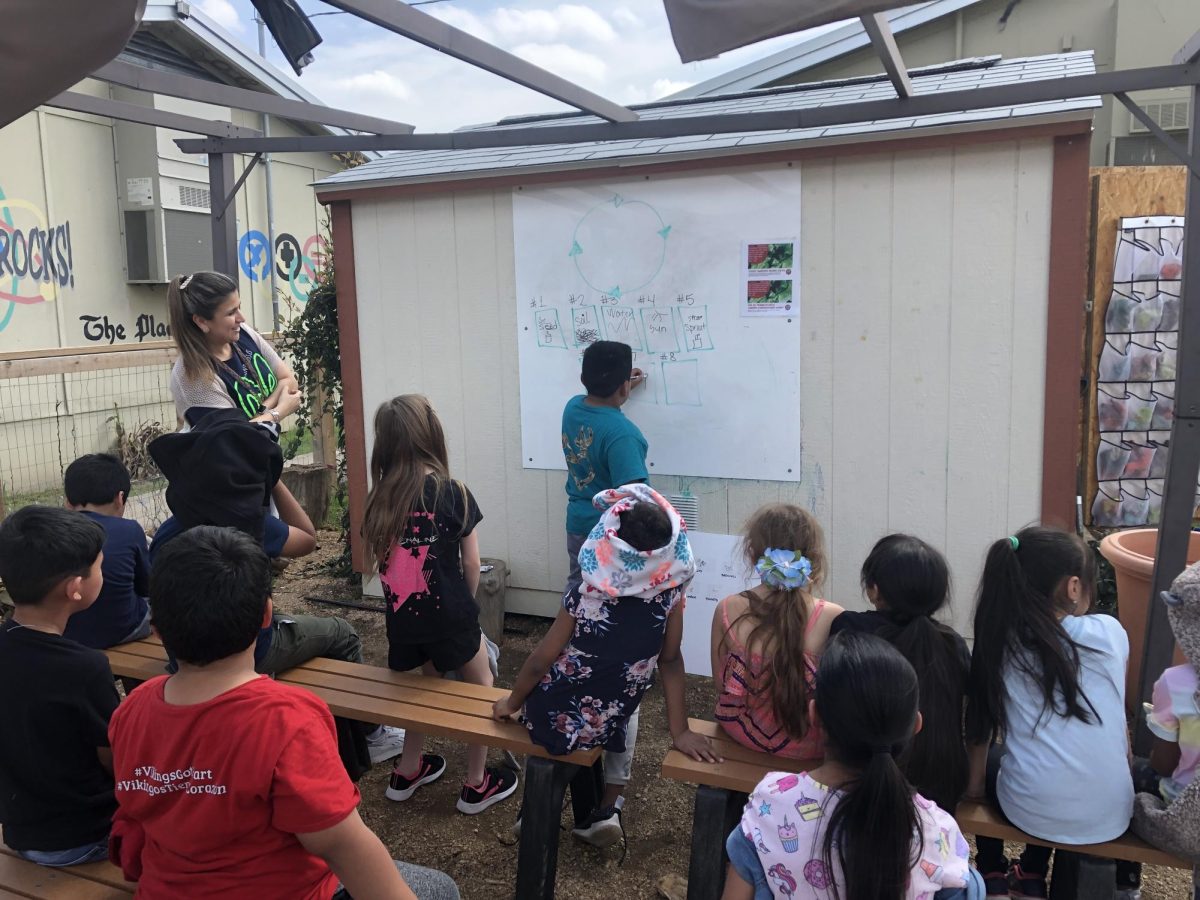When Robbie Hinojosa checked his “My Status” page last spring, the first thing he saw was a rejected application to the University.
“At that point I had been checking my admission status pretty much every single day,” Hinojosa said. “I had a mental breakdown for five minutes, then I went back and read it.”
It wasn’t until he took a second look that Hinojosa realized he was among the first group of students to be offered admission to a new program called PACE, or the Path to Admission through Co-Enrollment program.
PACE is an initiative to give students an alternative outlet for admission. Students who accept the offer for PACE have a year to complete 24 hours of classes in residence at Austin Community College Rio Grande campus, as well as at least six hours of classes at UT. Originally from Vernon, Texas, Hinojosa was ready to move to a bigger city.
“I chose PACE over CAP because I wanted to live in Austin, I thought it would have been cool to go to UT, be on campus, see what it’s like,” Hinojosa said. “I had thought about doing CAP and going to UTSA instead, but I’m from a small town, and I was just clawing at the door to get out.”
After successfully completing PACE, students transition to attend UT full time, and are automatically accepted into the school of Undergraduate Studies. They can also choose to apply to the school of their choice.
PACE began in spring 2013 as an idea between president Bill Powers and ACC president and CEO Dr. Richard Rhodes. In its first year, 92 students accepted admission into PACE. This year almost 200 students are in PACE.
“For UT, [PACE] helps us provide more paths for students to get into UT, and for ACC it acknowledges the fact that ACC helps prepare a lot of students for UT through transfer,” said Dr. Cassandre Alvarado, PACE program director.
In the pilot year, PACE students encountered plenty of obstacles. Students weren’t able to apply for on-campus housing, a decision Alvarado said was made on the lack of projections on how PACE would impact the UT campus.
“I was somewhat disappointed at first because I wanted to be a part of UT but felt isolated,” said Sarah Brown, an undeclared PACE student. “If they had allowed me to live in the campus dorms, I believe that would have helped. I wasn’t involved on either campus and felt little sense of community.” While Abby Solomon, an undeclared PACE student, said commuting between the two campuses and her apartment was time consuming, she also said the smaller classes and her participation with a service sorority helped her feel more connected
Now in its second year, PACE has undergone changes that Alvarado said better reflects the needs of students. Participants can now apply for on campus housing and are offered a wider range of resources. PACE students must also now complete the program in one year, instead of completing 42 hours of core curriculum in two years. Tuition is calculated based on the number of hours each student is enrolled for and is paid to both schools.
While Hinojosa skipped the second year of the pilot program and transferred to UT as a computer science student. Solomon is completing the second year, and will apply to the College of Liberal Arts to study psychology when she transitions.
“Most people have transferred or are in the process, but I didn’t have a lot of credit yet,” Solomon said. “I’m glad they have this program because the transition to UT is a little startling at times and a little difficult.”





















